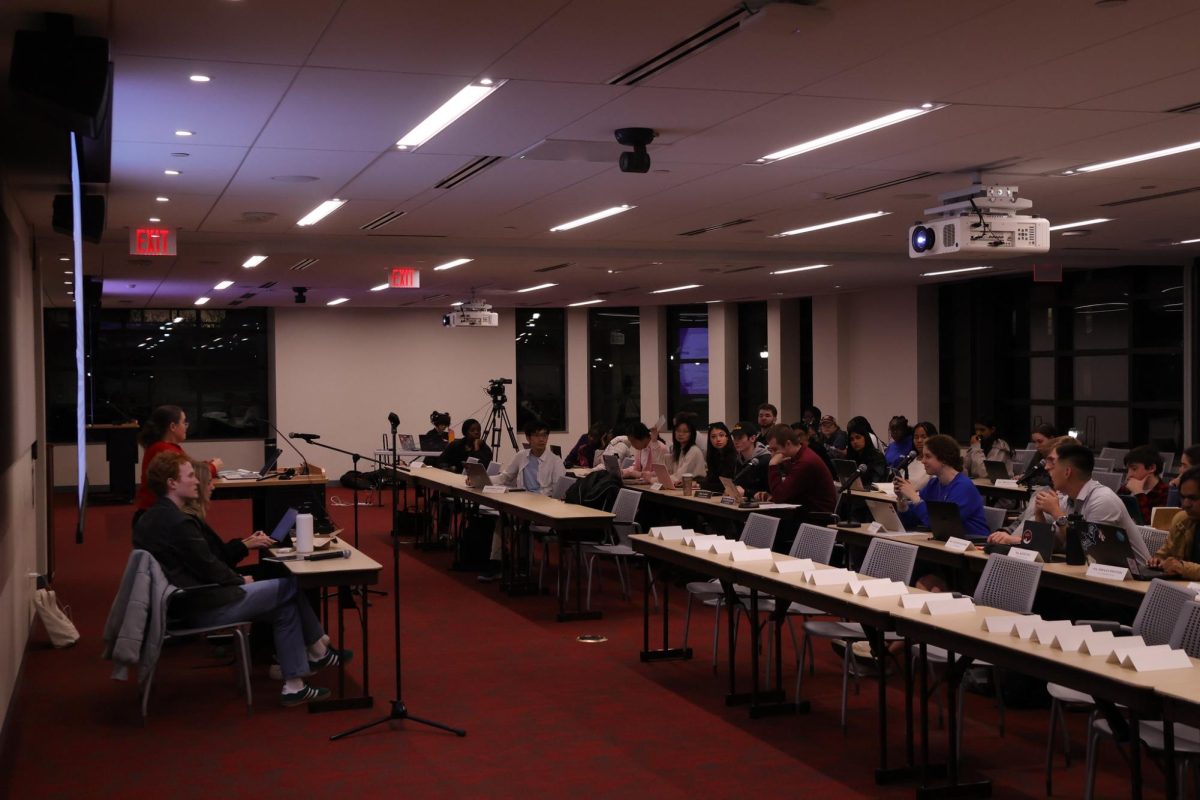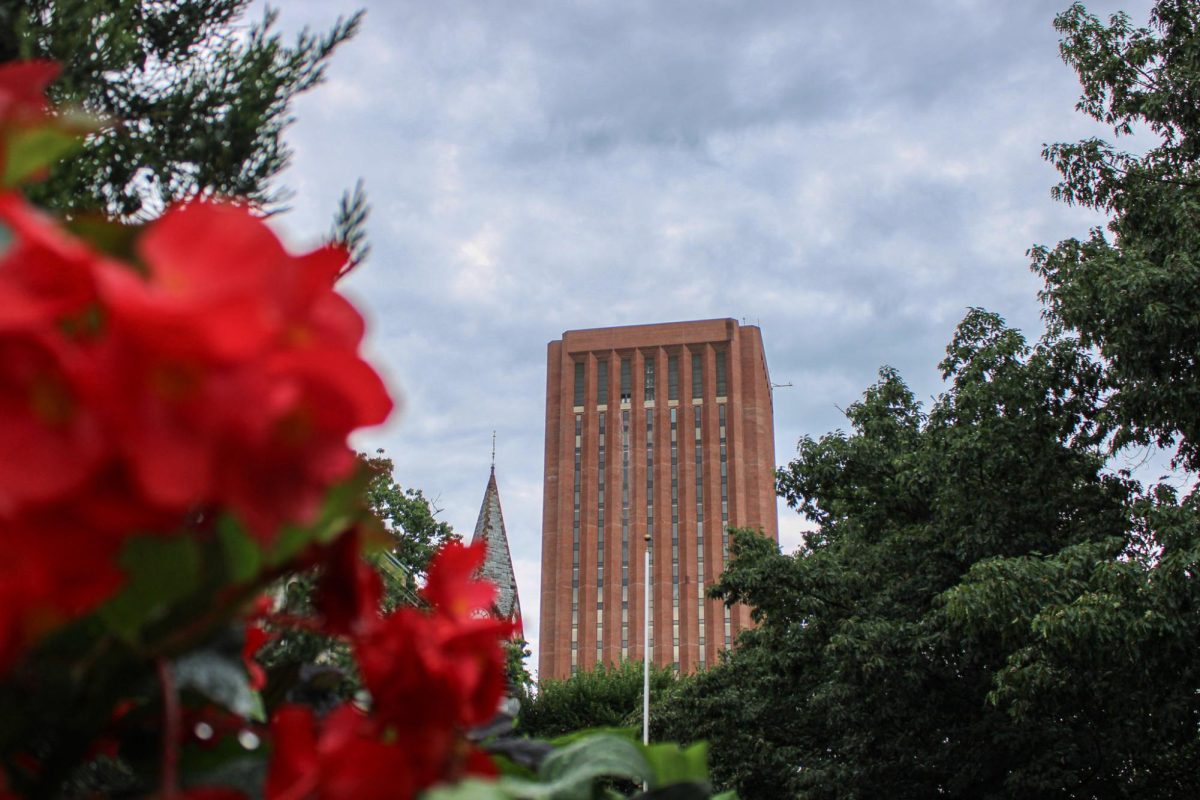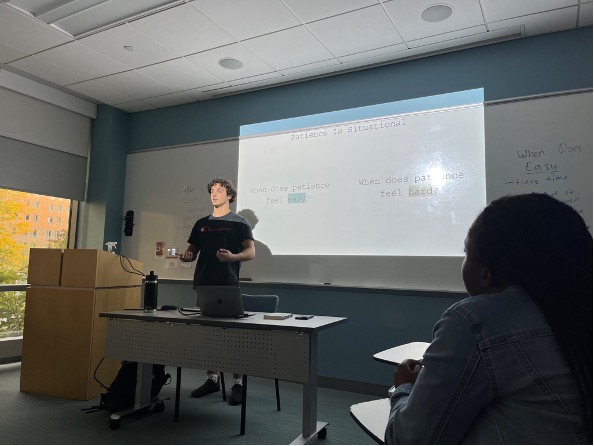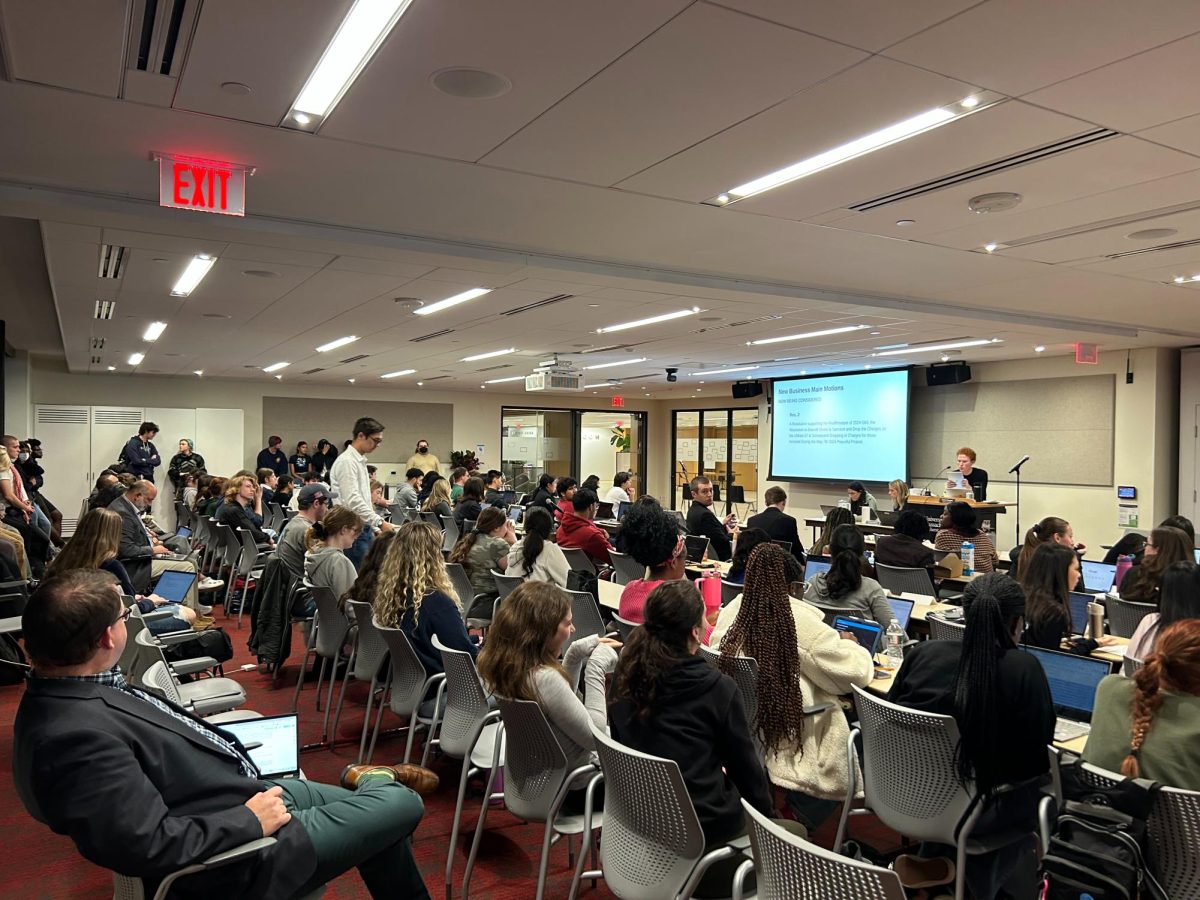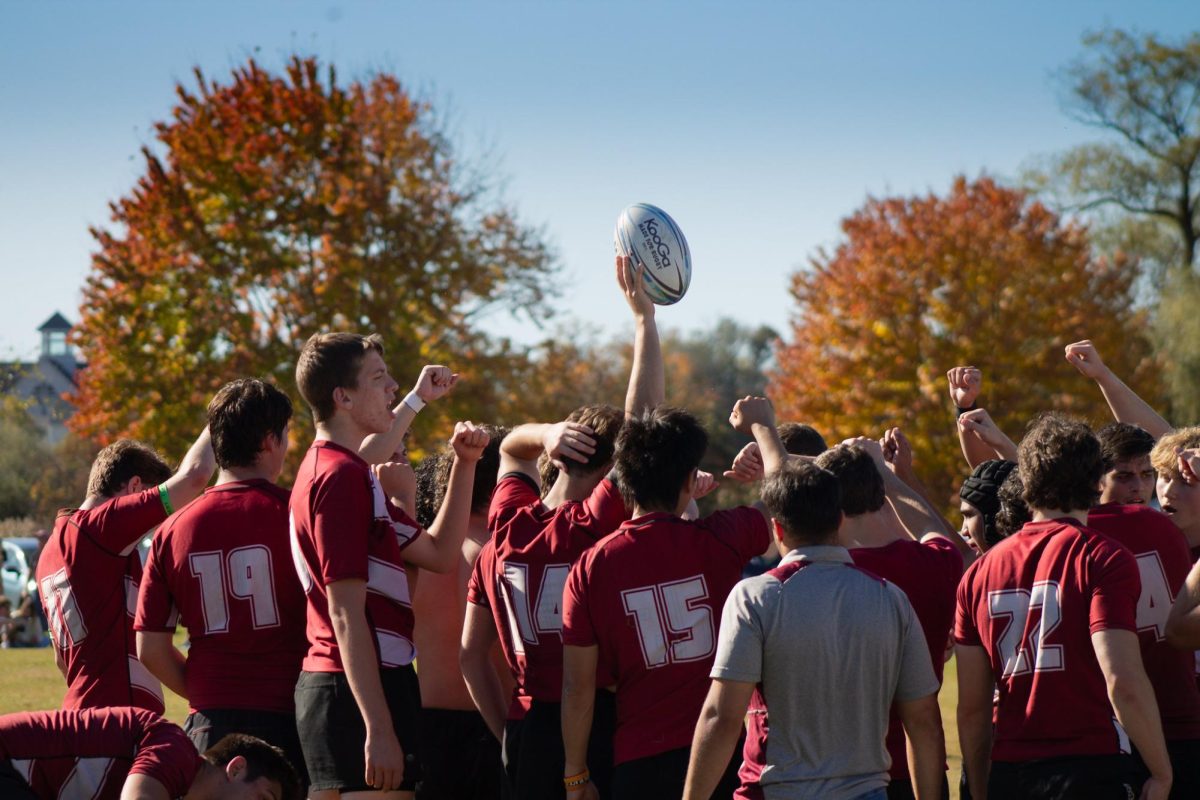The second lecture of the Zube lecture series featured Dr. Lara Roman, a research ecologist working with the United States Forest Service, who delivered a lecture titled “Dynamic landscapes: Tree cover change and historical legacies in urban forests” on Sept. 12 in the John W. Olver Design Building.
Roman began her lecture by introducing the term “Urban Tree Canopy,” which is the amount of ground covered by trees when viewed from directly above. Many cities in the U.S. are currently setting goals to become greener and increase their UTC percentages. For example, Philadelphia aims to increase their UTC from 20 percent to 30 percent by 2025. Despite these ambitious goals, Roman makes the argument that understanding past changes in UTC is crucial for changing it in the future.
To measure how the area of land covered by trees has changed, Roman and her assistant at the University of Philadelphia visually interpreted 10,000 geographic points across Philadelphia in aerial images taken between 1970 and 2010. Despite the daunting task of organizing these points into different categories of land coverage such as trees, turf and buildings, historical analyses such as interviews with people working in the area for decades were necessary to understand how and why land changes might occur.
The results of this research found that there had been a 4.3 percent net increase in tree cover between 1970 and 2010. Most of the increase in tree canopy was a result of mowing cessation, which caused the edges of forests to gradually expand. However, some districts such as the Lower Far Northeast neighborhood experienced significant decreases in population which led to the widespread abandonment of land. Organizations such as the Pennsylvania Horticultural Society used this opportunity to promote various greening projects, increasing the UTC percentage in the area.
For the second part of her lecture, Roman discussed her synthesis paper that she has been working on with over 20 other researchers of different disciplines. The goal of this paper is to answer the question: “How have urban forests developed their current patterns of tree canopy cover, species composition and diversity?” To answer this question, Roman and her fellow researchers have been studying legacy effects.
Legacy effects are defined as “the impact that previous phenomena have on current properties.” These effects can be separated into biophysical legacies and human legacies. Biophysical legacies include major ecological disturbances such as the spread of Dutch Elm Disease which has decimated elm populations throughout the U.S. As the name implies, human legacies are changes in nature that have been caused by humans. Historical discrimination such as the reduced planting of trees in lower income areas is a human legacy effect seen in urban forests.
Roman concluded that urban forests are an inherited landscape based on past legacy effects. Understanding the past socio-political legacy effects are especially important in determining how current urban forests came to be and how they will change in the future. Future research projects may incorporate more interdisciplinary approaches and map a wider variety of cities.
Present at the lecture was a wide variety of people including students, professors and researchers. Olivia Horte, a senior sustainable community development was among the attendees. “I found the historical imagery interesting, especially the ones showing changes in forests caused by Dutch Elm Disease,” said Horte.
After the lecture, Dr. Roman shared some details of her path to becoming a research ecologist. Though most of her family didn’t go to college, her family encouraged her to take an interest in science. Roman’s interest in ecology began when she was in middle school. As a Master’s student at UPenn, Roman discovered urban forests. As she grew up in a city, studying urban forests allowed Roman to carry out research in an area she feels personally connected to. In the future, Roman hopes to continue publishing papers about urban forests with people who have a wide range of research backgrounds.
As for future students interested in pursuing research careers, Roman recommends “paying attention to hobbies” and doing “work that suits your personality.” Roman also said that it’s important that you “don’t be afraid to ask for help.”
Brendan Braithwaite can be reached at [email protected].









